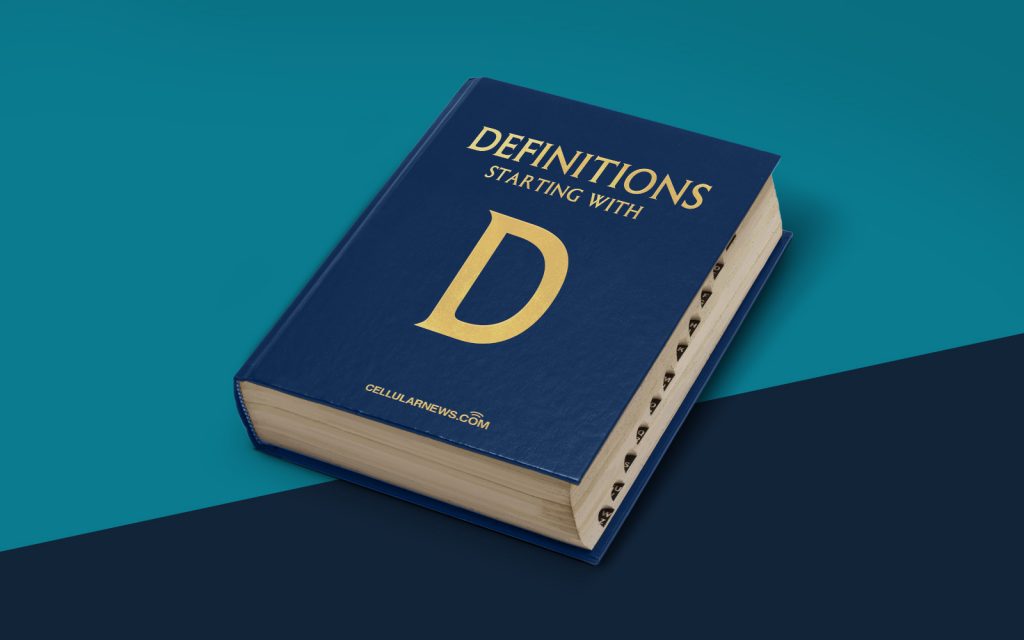
What is Digital Illustration? A Definitive Guide
Welcome to another edition of our “DEFINITIONS” category, where we break down complex terms and concepts related to the creative industry. In this blog post, we will explore the world of digital illustration, its definition, and why it has become a crucial tool for artists and designers. So, if you’ve ever wondered what digital illustration is all about, this is the perfect place to find out!
Key Takeaways:
- Digital illustration is the creation of artistic visuals using digital tools and software.
- It offers numerous advantages such as increased flexibility, faster workflow, and a wide range of artistic possibilities.
Now, let’s dive into the exciting realm of digital illustration. At its core, digital illustration refers to the process of creating visual art using digital tools and software. Instead of traditional mediums like paint, pencils, or brushes, artists employ specialized computer programs and devices to craft their masterpieces. This innovative approach allows artists to explore their creativity while leveraging the advantages of modern technology.
So, how does digital illustration work? Artists use a variety of hardware, such as graphic tablets or pen displays, to digitally draw and paint. These input devices are connected to powerful software programs like Adobe Photoshop, Illustrator, or Procreate, enabling them to control brush strokes, colors, textures, and more. The result is a digital artwork that can mimic traditional art styles or push boundaries with new and exciting visual possibilities.
One of the major benefits of digital illustration is its flexibility. Artists can easily make changes, experiment with different styles, and undo or redo their work with just a few clicks. This eliminates the fear of making irreversible mistakes and encourages artistic exploration. Additionally, digital illustrations can be easily resized and adjusted to fit various formats, making them ideal for web design, print publications, advertising, and more.
Another advantage is the speed at which digital illustration allows artists to work. With traditional mediums, artists often need to wait for paint to dry or fix mistakes manually. In the digital realm, artists can create and edit illustrations with ease, speeding up their workflow and meeting tight deadlines. This increased efficiency opens up more opportunities for artists to take on diverse projects and deliver exceptional results.
The world of digital illustration is constantly evolving and offers a wide range of artistic possibilities, from realistic digital paintings to abstract vector graphics. Artists can choose from a plethora of brushes, textures, and tools to achieve their desired effect, and can even create custom brushes for a unique touch. Furthermore, digital illustration allows for seamless integration with other creative disciplines such as graphic design, animation, and even virtual reality.
In conclusion, digital illustration is the merging of traditional art techniques with modern technology. It offers artists and designers a world of creative freedom, flexibility, and speed. Whether you’re a professional artist, a hobbyist, or simply an art enthusiast, exploring the realm of digital illustration can be a rewarding and exciting journey. So grab your digital pen and start unleashing your imagination on a digital canvas!
Key Takeaways:
- Digital illustration is the creation of artistic visuals using digital tools and software.
- It offers numerous advantages such as increased flexibility, faster workflow, and a wide range of artistic possibilities.
